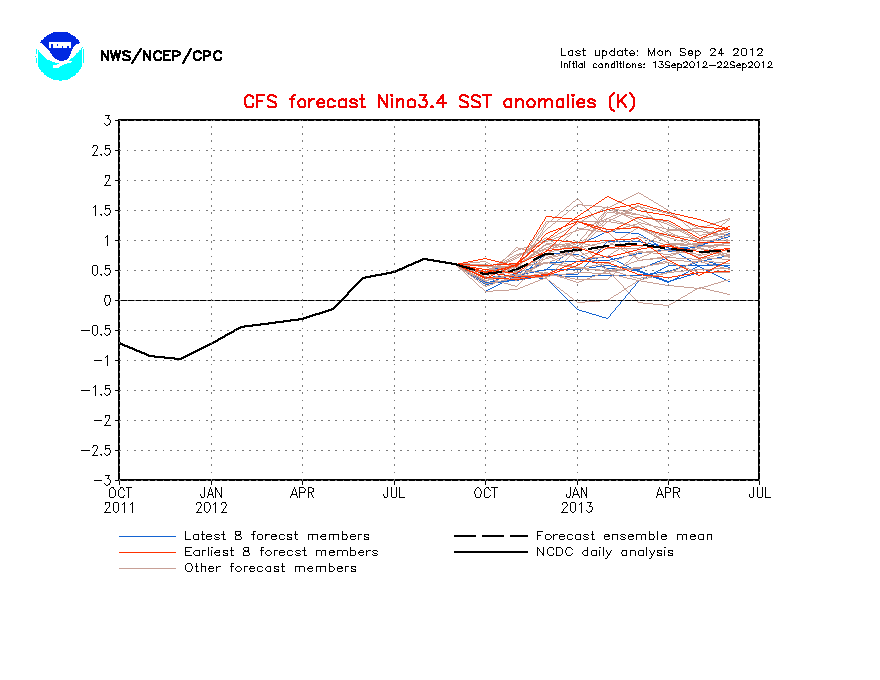selkirks
Active member
With the meteorological winter of 2009-10 over, it's time to start looking toward Winter 2010-11. Signs are already beginning to emerge regarding the prevailing patterns for next winter. In this thread, I'll lead a discussion of the upcoming winter's weather--from now until April 2011.
The important thing is that information on how to read charts, maps, and other data must be posted in the thread. I'll do my best to stick to this. It's not hard. I have little actual background in meteorology, but it's been a hobby of mine for the last five years or so. If anyone else wants to post reliable information in this thread, it must include information on how to read the charts unless previous posts have included this information.
Information must also come from a reliable source. Wikipedia is not a reliable source. Reliable climate and weather information comes from government agencies and universities. No one else. Commercial sites are okay, but are hit and miss. And they get their info from the government anyway, so why not just go straight to the source?
It's early to start something like this, but... it really isn't. The climate community has been looking at this already for months. It's time for the information to be discussed.
Last thing... Try to keep discussion as national or continental in scope as possible. If you want to discuss regional storms, fine. But make sure that you connect them with what they mean in the grand scheme of things... i.e. the rest of the country. Storms in North America move from West to East, obviously, so a storm discussed early in the week in the Pacific Northwest will eventually make it to the East Coast later in the week.
That's it... First post comes in a few minutes. You'll see what I mean regarding discussion then.
The important thing is that information on how to read charts, maps, and other data must be posted in the thread. I'll do my best to stick to this. It's not hard. I have little actual background in meteorology, but it's been a hobby of mine for the last five years or so. If anyone else wants to post reliable information in this thread, it must include information on how to read the charts unless previous posts have included this information.
Information must also come from a reliable source. Wikipedia is not a reliable source. Reliable climate and weather information comes from government agencies and universities. No one else. Commercial sites are okay, but are hit and miss. And they get their info from the government anyway, so why not just go straight to the source?
It's early to start something like this, but... it really isn't. The climate community has been looking at this already for months. It's time for the information to be discussed.
Last thing... Try to keep discussion as national or continental in scope as possible. If you want to discuss regional storms, fine. But make sure that you connect them with what they mean in the grand scheme of things... i.e. the rest of the country. Storms in North America move from West to East, obviously, so a storm discussed early in the week in the Pacific Northwest will eventually make it to the East Coast later in the week.
That's it... First post comes in a few minutes. You'll see what I mean regarding discussion then.





